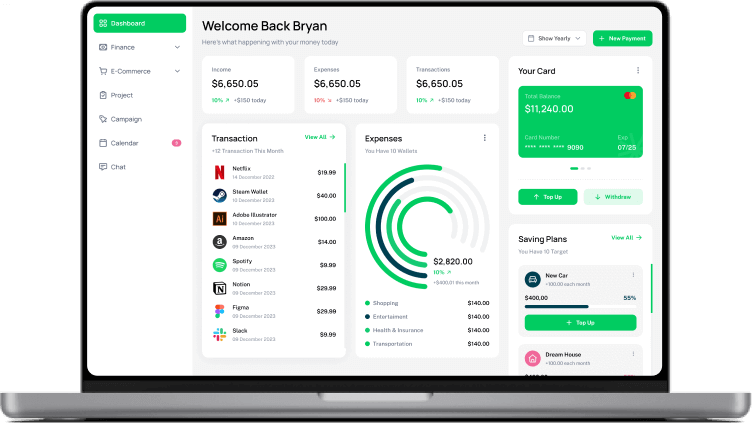ASC 606 – Revenue from Contracts with Customers
Definition: ASC 606, established by the Financial Accounting Standards Board (FASB), sets the standard for revenue recognition. This comprehensive, industry-neutral framework offers detailed guidance for revenue recognition. The standard impacts all businesses that enter into contracts with customers to transfer goods, services, or non-financial assets unless those contracts fall under other standards (e.g., insurance or lease contracts).
Overview of ASC 606
ASC 606, also known as Revenue from Contracts with Customers, presents a single, comprehensive model for entities to use in accounting for revenue arising from contracts with customers. It replaces previous revenue recognition guidance and introduces a five-step process to realize its core principle.
The Five-Step Model
The central principle of ASC 606 is that an entity should recognize revenue to reflect the transfer of promised goods or services to customers in an amount that mirrors the consideration to which the entity expects to be entitled. The steps are:
- Identify the contract(s) with a customer: A contract is an agreement between two parties that creates enforceable rights and obligations.
- Identify the performance obligations in the contract: Performance obligations are promises within a contract to transfer goods or services to the customer.
- Determine the transaction price: The transaction price is the amount of consideration (e.g., payment) a company expects to receive in exchange for transferring promised goods or services to a customer.
- Allocate the transaction price to the performance obligations in the contract: For contracts with more than one performance obligation, a company needs to allocate the transaction price to each obligation based on its standalone selling price.
- Recognize revenue when (or as) the entity satisfies a performance obligation: Revenue is recognized when a company fulfills a performance obligation by transferring a promised good or service to a customer (i.e., when the customer gains control of that good or service).
Impact of ASC 606
ASC 606 enhances several aspects of revenue recognition for organizations:
- Improved comparability: By applying a uniform set of revenue recognition principles across different industries and regions, ASC 606 enhances the comparability of revenue recognition practices among entities.
- Greater transparency: The standard mandates enhanced disclosures about the nature, amount, timing, and uncertainty of revenue and cash flows arising from an entity’s contracts with customers.
- Better guidance: ASC 606 offers more robust guidance for addressing revenue issues, aiding companies in refining their accounting for transactions like customer options for additional goods and services and customer unexercised rights.
Real-World Example
Consider a software company that traditionally recognized an annual fee upfront for licensing its software. Under ASC 606, the company must assess whether the customer controls the software for the entire year or if control transfers over time. If control transfers over time, revenue should be recognized over the period the customer benefits from the software.
- Hidden Costs of Manual Commission Calculations: Why Automate
- Benefits and Best Practices for Sales and Commission Automation
- Effective Sales Compensation Administration: Responsibilities and Best Practices
- Selecting the Best Sales Commission Software: Features and Tips
- Improve Sales Performance with Accurate Commission Tracking

